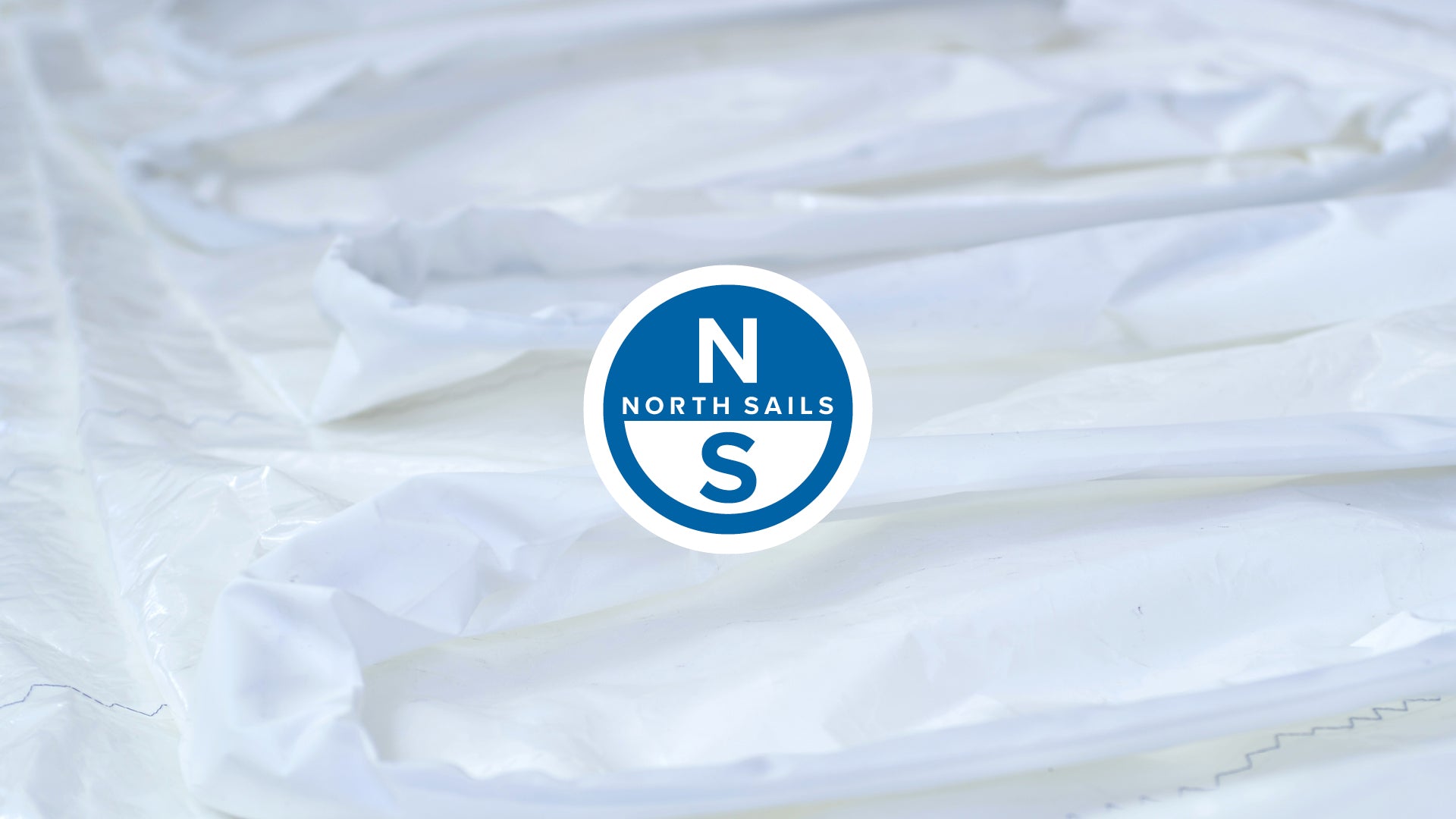PHANTOM TUNING GUIDE
Phantom sailing can be made as simple or as technical as you want to make it, this is one of the main reasons for its success as a class.
Onshore Setup
Due to the adjustments available in a modern Phantom the onshore setup is really only a base on which to develop your own tuning notes.
SPREADER LENGTH
This is measured from the outer tip to the side wall of the mast = 420mm.
If you are under 85kg you can shorten the spreaders to 412mm, likewise if you are heavier than 99kg then you can lengthen them to 425mm. This adds more support to the middle of the mast, essentially stiffening the mast section.
SPREADER ANGLE
This is measured with a batten or straight edge across the aft side of the shrouds, the distance from this batten to the back of the mast is the spreader angle, this should be 145mm.
MAST FOOT POSITION
The mast foot is measured from the aft edge of transom bar to the aft edge of the mast = 3280mm.
RIG TENSION
Rig tension is actually one of the least important settings due to the fact that the Phantom is such a powerful boat that you are easing forestay to depower in relatively low wind speeds so the rig tension is actually only used for light conditions of under 6kts (dependent on helm weight).
One of the main reasons for measuring rig tension is to have a constant measurement for setting up the mast rake. Therefore I set the rig up with 300lbs of rig tension using a rig tension gauge on the shrouds.
The rake should then be as follows:
Helm Weight < 91kgs – Rake 21’7
Helm Weight 92 – 100kgs – Rake 21’10
Helm Weight > 100kgs – Rake 22′
Sailing Set-up
(Adjustable Lowers)
I have added the lowers to sailing setup because they are key factors to setting up the sail shape once afloat. In the light airs (sub hiking) they should be slack, this allows the lower mast to bend with normal mainsheet and kicker tension, in turn this takes out a little of the excess shape from the luff of the sail. This is required because the wind doesn’t have enough energy to flow around deep sail shapes so it’s best to limit it’s effort and flatten the lower part of the sail.
As the wind increases and kicker tension is added the lowers are then tightened, this is so it acts as a brace against TOO much lower mast bend due to the kicker. Less lowers tension is needed on flat water where a flatter luff entry helps, than in rough sea conditions where a fuller luff helps to make the boat more forgiving and easier to steer fast.
FORESTAY
The forestay is the first control to ease once the breeze increases into a ‘hiking’ breeze, this helps to bend the rig and flatten the sail, although you may lose a little pointing ability, however the speed you gain from raking the rig will outweigh this, don’t be afraid to see the leeward shroud swinging wildly in the wind! This is very much an individual preference so find settings you like and use a calibration strip on the deck or the forestay adjusters to make easy reference marks ( IMPORTANT: remember when you are max rake in windy conditions to pull on the forestay downwind and prior to tacks so you can get under the boom!)
OUTHAUL
The outhaul should be used in conjunction with the lowers, so in very light airs flatten the foot so there is just 50-60mm gap between the sail and the boom at max. depth. Gradually ease this as the wind increases to a maximum of 150mm gap when looking for max. power, and then pull on the outhaul until you have a crease running along the foot when you are looking for max. depower mode.
KICKER
The key control for most singlehanders it is doubly important in the Phantom due to it’s large roach mainsail, don’t be afraid to keep pulling it on as long as the top tell tail is flying 50% of the time. Sub hiking conditions you should mainly be using mainsheet to control the leech tension with the kicker adjusted to hold this tension whenever you ease the mainsheet, then as the breeze increases the kicker should be tensioned to keep a firm leech and aid pointing. Continue to pull on more and more as the wind builds as its much quicker to sail with the mainsheet eased (boom out beyond the quarter) and a lot of kicker than the reverse of boom near the centreline with an open leech.
CENTREBOARD
In sub hiking conditions under 5 knots you can have the board right down, but as you rake the mast you will need to raise the centreboard to maintain the balance, as soon as you feel you have too much weather helm raise the board some more, you will be surprised at how little board you need to maintain height once you are flat out hiking especially when needing to steer a lot in choppy conditions.
DOWNWIND
When reaching pull on the forestay so the leeward shroud is under some tension, this helps to power up the rig, ease the outhaul too , raise the board two-thirds, and as soon as you are close to planing move your weight back and go for it! The same applies on the run where sailing by the lee can be very quick as long as you ease enough kicker to twist the head of the sail, beware this is very twitchy in anything above a moderate breeze! The Phantom rewards hard work downwind so keeping the boat flat and constantly trimming and steering for any waves will pay dividends.



























